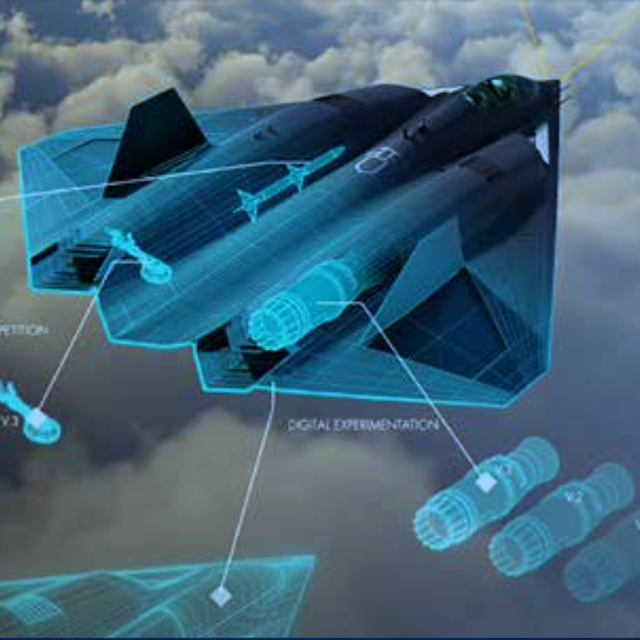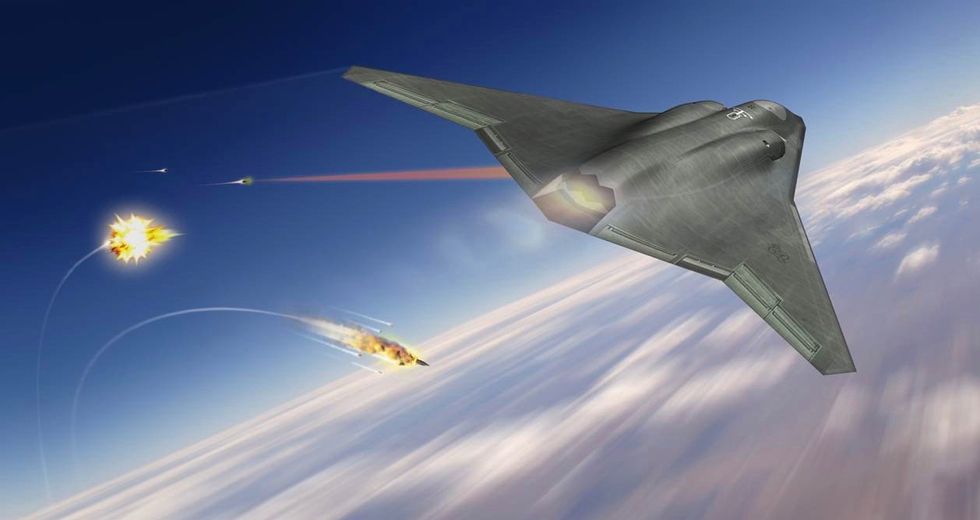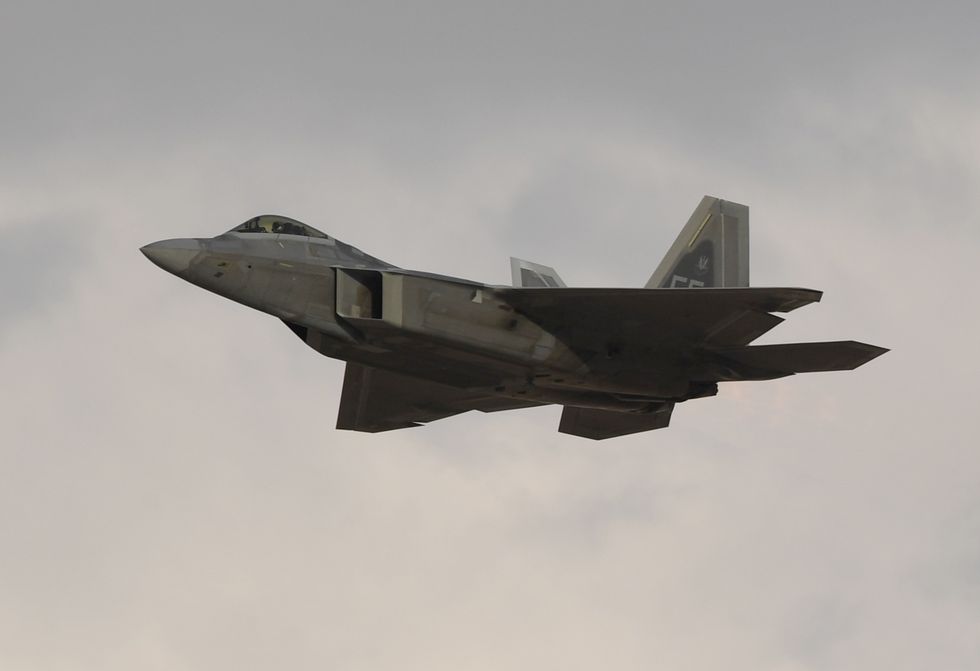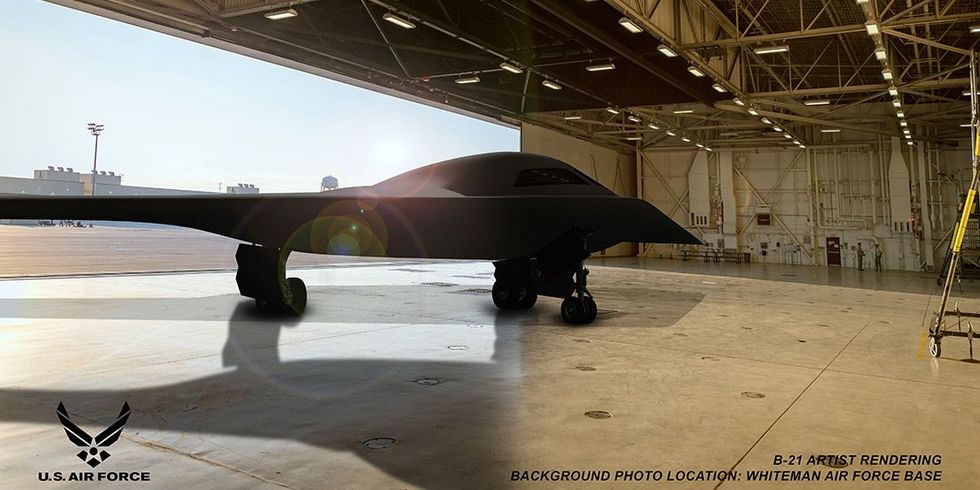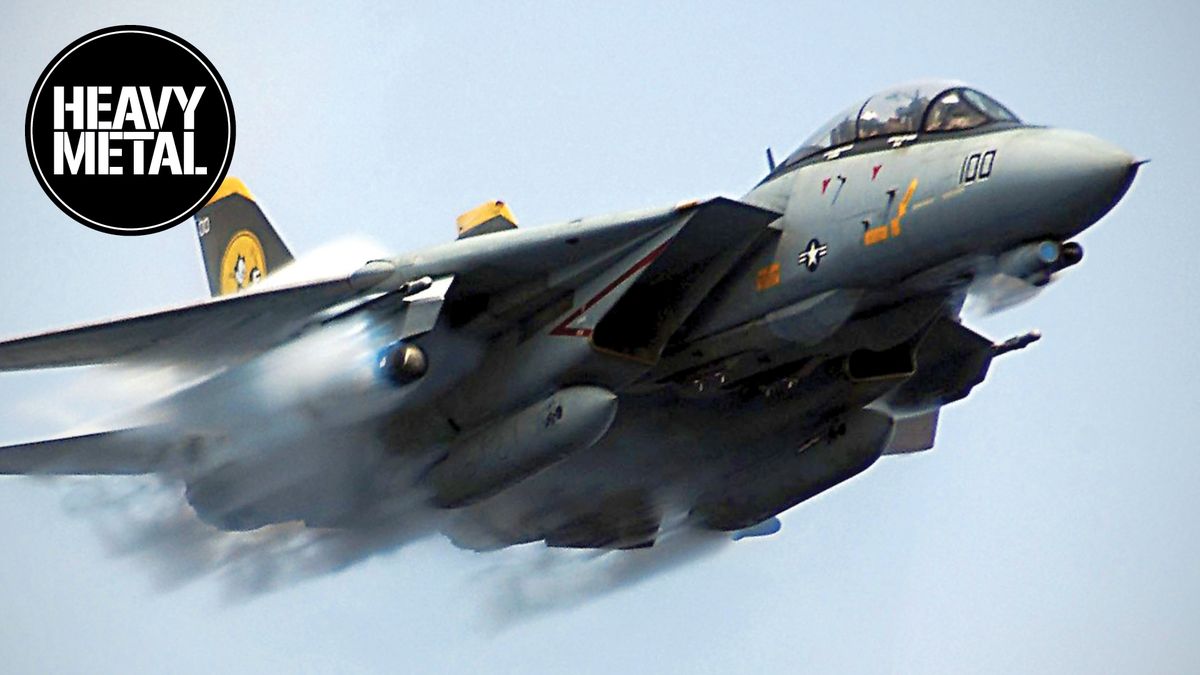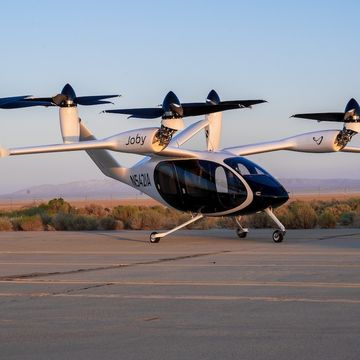- A U.S. Air Force report depicts the service’s secret new fighter jet.
- The Air Force has built and flown the Next Generation Air Dominance (NGAD) fighter, but hasn’t publicly revealed the mysterious aircraft.
- It’s unclear if the new concept art bears any resemblance to the actual aircraft.
Last year, the U.S. Air Force shockingly revealed it had designed, built, and tested a secret new fighter jet in the span of just one year. The mysterious fighter is part of the Next Generation Air Dominance (NGAD) program, an Air Force project designed to supplement and eventually replace the F-22 Raptor.
Beyond admitting the plane exists—and uses F1-style engineering—the Air Force has told us little else about its NGAD fighter. But the service might have just dropped its most concrete clue yet: intriguing concept art of a fighter aircraft being built under the NGAD program. Is it the secret new fighter jet?
The image above appears on page 55 (“Next Generation Air Dominance”) of the Air Force’s biennial report for acquisition, which it released last week. The aircraft depicted is a large, diamond-shaped fighter jet with large engine air intakes over the airplane’s wing, trailing to the left and right of the cockpit, where the intakes would be shielded from radar from below. The aircraft also features two engines, a bubble canopy cockpit, and two vertical stabilizers that can be retracted to fold flat into the wings.
Here’s what the NGAD section of the report says:
“Designed to complement the F-35, F-22, joint, and partner forces in the Air Superiority role, Next Generation Air Dominance is an advanced aircraft program for development of penetrating counter air platforms with multi-domain awareness, agile resilient communications, and an integrated family of capabilities.”
The image also hints at the capability to refit the aircraft with weapon and propulsion upgrades. The fighter is seen alongside three versions of air-to-air missiles, landing gear, and engines labeled V1, V2, and V3. Modern combat aircraft receive new weapons all the time, but refitting an existing aircraft with new engines is generally considered too complicated.
The Air Force developed the secret fighter jet with digital engineering technology designed to dramatically shorten the development time of new aircraft. Digital engineering involves the use of virtual modeling and simulation tools. NGAD’s ability to rapidly absorb new, complex upgrades may be partly due to digital engineering.
So, is the image a viable NGAD design? Indeed, the aircraft looks like a fighter jet built for speed and all-around stealth. It’s hard to get a sense of the size, but it could well be bigger than the F-22.
The blended body and wing configuration would yield a large internal volume that could store fuel and weapons carried in internal weapons bays. The Air Force reportedly wants a fighter with the range to accompany bombers into deep penetration missions, just as the P-51D Mustang flew alongside the B-17G Flying Fortress in World War II. That requires a fighter with a large internal fuel supply.
The folding vertical stabilizers would increase stealth in the down position, but why have them at all? Keeping them around likely has some benefit versus deleting them, such as increased maneuverability or fuel efficiency.
The NGAD fighter wouldn’t work alone. In the concept art, two vertical lines emanate from the aircraft nose and are aimed upward, indicating connections to satellite and airborne communications nodes.
That would allow the NGAD pilot to jack into a stream of data from nearby friendly forces, from Air Force airborne early warning aircraft to Navy destroyers, and obtain a picture of the battlefield without turning on his or her own radar and other sensor systems. That’s the “multi-domain awareness” to which the Air Force refers.
It’s impossible to know for sure if the NGAD image is representative of the real aircraft. It does seem like the image properly depicts the kind of plane and capabilities the Air Force has said it wants. Whatever the case, we’ll hopefully know what the new fighter jet looks like soon.
🎥 Now Watch This:

Kyle Mizokami is a writer on defense and security issues and has been at Popular Mechanics since 2015. If it involves explosions or projectiles, he's generally in favor of it. Kyle’s articles have appeared at The Daily Beast, U.S. Naval Institute News, The Diplomat, Foreign Policy, Combat Aircraft Monthly, VICE News, and others. He lives in San Francisco.
